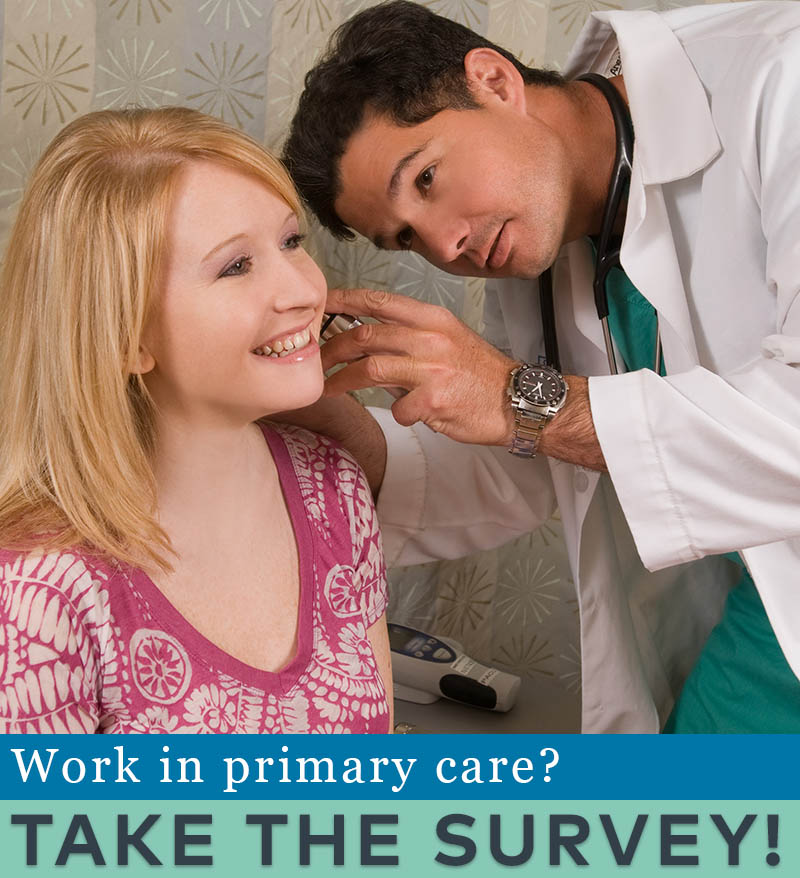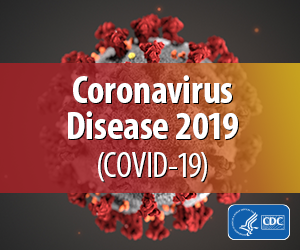You are looking at an archived version of our site. Please visit thepcc.org for a fresh, new experience!
You are here: Array » Primary Care & COV ...
Primary Care & COVID-19: Round 29 Survey
Check back regularly for the latest survey results and updates.
For data from the previous clinician survey, see Round 28 Results.
The Primary Care Collaborative is partnering with the Larry A. Green Center to regularly survey primary care clinicians and patients to better understand the impact of COVID-19 in real time.
Who replied to the survey in round 29?
702 respondents from 46 states and 3 territories. Specialization: 69% family medicine; 6% pediatrics; 14% internal medicine; 4% geriatrics; 7% other. Clinician type: 71% MD; 6% DO; 14% NP; 3% PA; 6% other. Settings: 22% community health centers or similar; 20% rural. Practice size: 29% had 1-3 clinicians; 44% had 10 or more clinicians. Ownership: 30% self-owned; 39% system-owned, 6% government; 5% membership-based.
Round 29 of the clinician survey was fielded July 9-13, 2021.
Results at a glance
It has been more than three months since the previous survey of primary care clinicians. The COVID landscape has shifted significantly since April 2021, with fluctuations in the number of COVID cases and progress on the vaccination front. Primary care practices and clinicians are now more involved in vaccinations but continue to report major concerns about the stability of the sector.
- Primary care is facing existential threats: Many parts of the country are seeing COVID cases surge again from the spread of the delta variant, causing primary care and other parts of the healthcare system to ramp up their response. Yet a sizable minority of primary care clinicians has grim doubts about their future. 40% of respondents say they worry that primary care will be gone in 5 years, and 21% say they expect to leave primary care within 3 years.
- Many clinicians see a role for the federal government in changing policy in primary care: Their top three requests of the government are to:
- Protect primary care as a "common good" - available to anyone regardless of ability to pay (56%)
- Change how primary care is financed so that it is not in direct competition with specialty care (46%)
- Change how primary care is paid, moving away from majority fee-for-service models (46%)
- Practices saw an easing of stress but are still struggling: A large majority of respondents – 76% – rank the strain on their practice from COVID-19-related changes and pressures in the month previous to the survey on the low or moderate end of the scale (1, 2 or 3 on a 5-point scale). However, more than 1 in 3 (36%) say they are constantly lethargic and find it hard to find joy in anything or struggle to maintain clear thinking at times.
- Practices are engaged in the vaccination effort: More than half (52%) of practices have received enough or more than enough vaccines for their patients, and 31% are partnering with local organizations or government to prioritize people for vaccination. However, more than half – 53% – note that vaccine hesitancy among unvaccinated patients is high and hard to counter.
Voices from the Front Lines
“[Our system] cut pay, closed clinics, laid off staff. 1/3 of our providers quit and we have literally 4000 patients to reassign and nowhere to put them.” – Clinician in Washington
Experiencing vaccine hesitancy
“Vaccine hesitancy requires at least 5-10 minutes of counseling for a less than 30% success rate.” –Clinician in Illinois
“Dealing with patients who don't want to get vaccinated is leading to burnout.” – Clinician in Nevada
Concerns for the coming months
“The work of primary care is time-consuming and that time is so poorly reimbursed.” – Clinician in Missouri
“High rates of depression without resources in the community.” – Clinician in New Jersey
Need a break
“I’m tired.” – Clinicians in Colorado, Pennsylvania, Washington, California, Texas, Illinois and Oregon
Learn more: Download the Round 29 Clinician Survey Executive Summary (includes select open-ended answers to survey questions)
| Attachment | Size |
|---|---|
| 835.33 KB |

Are you a physician, nurse practitioner, or PA working in primary care?
Help PCC and the Larry A. Green Center track how your practice is responding to the COVID-19 outbreak by completing the Green Center's occasional survey.
The regular surveys are no longer being conducted.
COVID-19 Updates
May 9, 2022 | Primary Care Collaborative
April 19, 2022 | Primary Care Collaborative
April 19, 2022 | Primary Care Collaborative
March 7, 2022 | STAT
February 27, 2022
- 1 of 39
- next ›

Recent News
August 16, 2024
August 12, 2024
July 16, 2024
May webinar highlights: “The Commercial Market: Alternative Payment Models for Primary Care” Nate Murray explains w… https://t.co/KX9Wi2w6oY —
2 years 5 months ago
@CMSinnovates’ primary care strategy is rooted in a 2021 @theNASEM’s report which called #primarycare “foundational… https://t.co/glbPxvCysg —
2 years 5 months ago
@CMSinnovates has a new #primarycare strategy, envisioning “ACO-based primary care model tests that may focus on pr… https://t.co/aJGF1z411l —
2 years 5 months ago
- Page 1
- ››
Secondary menu
Copyright © 2024 Primary Care Collaborative




